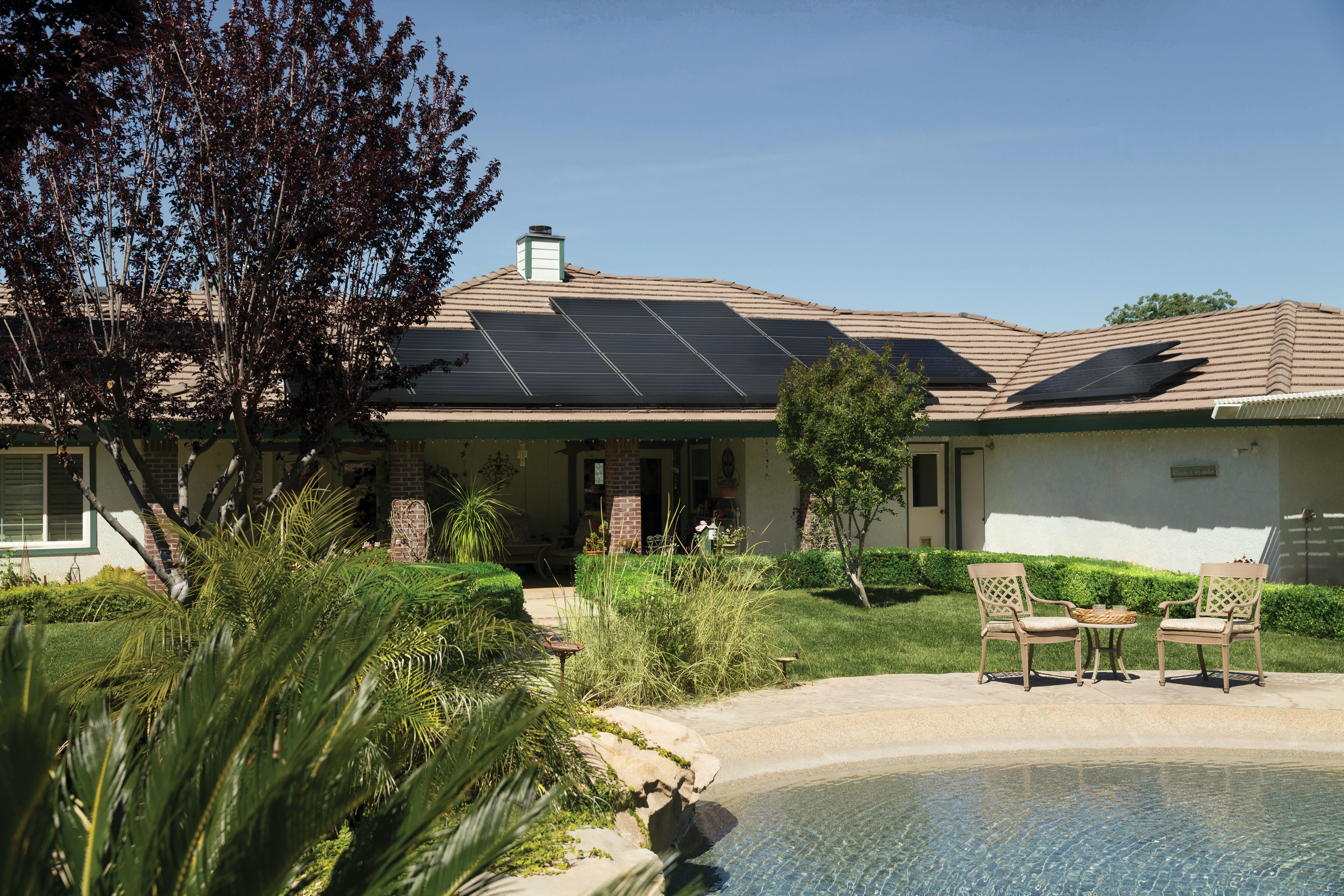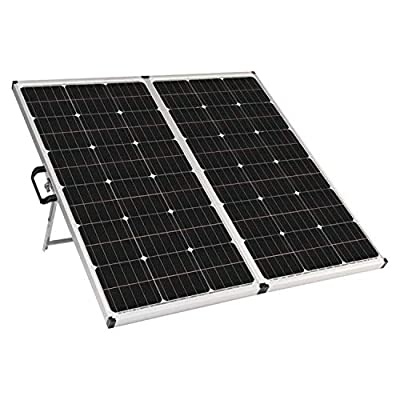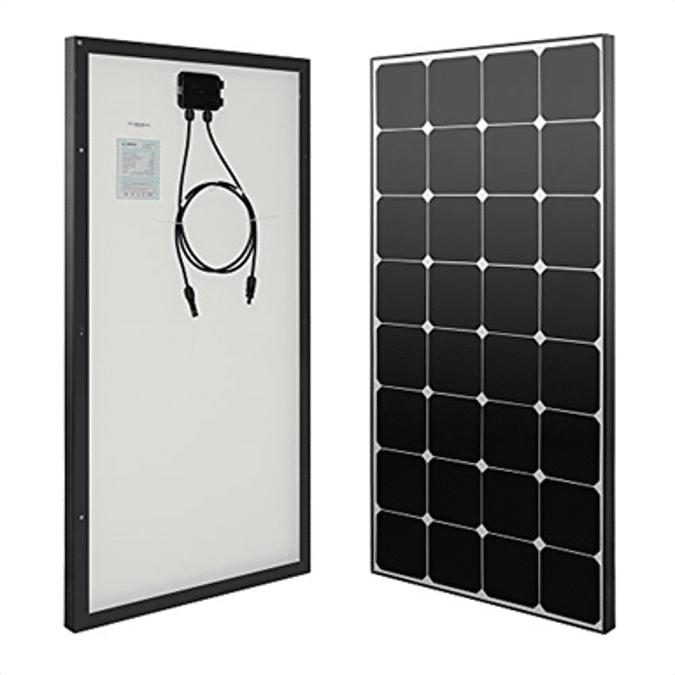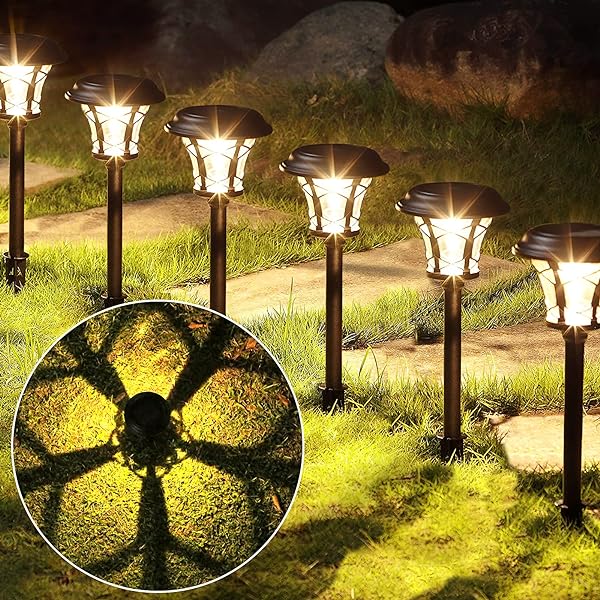In addition to generating solar energy, there are more ways to live sustainably. Especially now that the weather is getting colder, it is smart to think about this. One of those ways is insulation. Is that complicated? No, it is not! Insulation offers many advantages: you can save energy, live more comfortably and contribute to a better environment. In this blog you can read all about home insulation and its benefits.
WHAT IS INSULATION?
Insulation means that material is applied in a house so that cold or heat cannot get in or out as well. This ensures more pleasant living comfort. Not only do you keep more heat in your home, the energy costs also go down considerably. The three most common types of insulation solutions are roof insulation, cavity wall insulation and floor insulation. There is a suitable way of insulation for every type of house. Of course you can also combine different insulation solutions.
Whichever method of insulation you choose, you will benefit. An investment in insulation yields more money than money that remains in the bank. This is also called efficiency and it is different for each type of insulation. You can apply for national and municipal subsidies for all insulation solutions. Financially attractive! Moreover, it increases the home value and energy label. A house with insulation is therefore worth more than a non-insulated house.
But how does that work? The methods of insulation are explained below.

ROOF INSULATION
Insulating a roof is one of the most profitable measures. Heat rises upwards, and if a roof is not insulated, as much as 25 percent of the heat can be lost. A smart idea, roof insulation! This can be done on the inside and outside of the roof. The range varies from several types of wool and foam to insulation boards and pearls. Which type of roof insulation is best for your home depends on a number of factors. For example, the type of roof (flat or sloping), the location of the material (inside or outside) and the available budget. The return on investing in roof insulation is comparable to a savings interest rate of 8 percent.
CAVITY WALL INSULATION
Walls can also be insulated to keep out the cold. A cavity wall consists of two walls with a space between a few centimeters wide: the cavity. A lot of heat is lost through this space. Was the house built between 1920 and 1976? Then there is a good chance that the cavity walls have not yet been insulated. Fortunately, this can be solved quickly. The process is done externally and is completed within a day. There are different materials to insulate the cavity wall: rock wool, glass wool, insulation granules and polyurethane foam. This not only keeps heat in in the winter, the insulation also does its job in the summer. The material then ensures that the house does not heat up quickly at high temperatures, making it nice and cool inside. The efficiency of cavity wall insulation can be compared to a savings interest rate of 11 percent.
FLOOR INSULATION
Floor insulation not only gives you warmer feet, it also keeps the house warm more evenly. This method of insulation is especially smart for homes built before the 1980s. Do you want to know if you already have floor insulation? Then open the hatch of the crawl space. Insulation material is attached to the bottom of the floor. Feed insulation significantly reduces CO2 emissions and energy costs. In an average single-family home, about 320 m³ less gas is used and 600 kilos less CO2 are emitted. From a financial point of view it is also an outcome: the return on this investment is equal to a savings interest of 7 percent.





